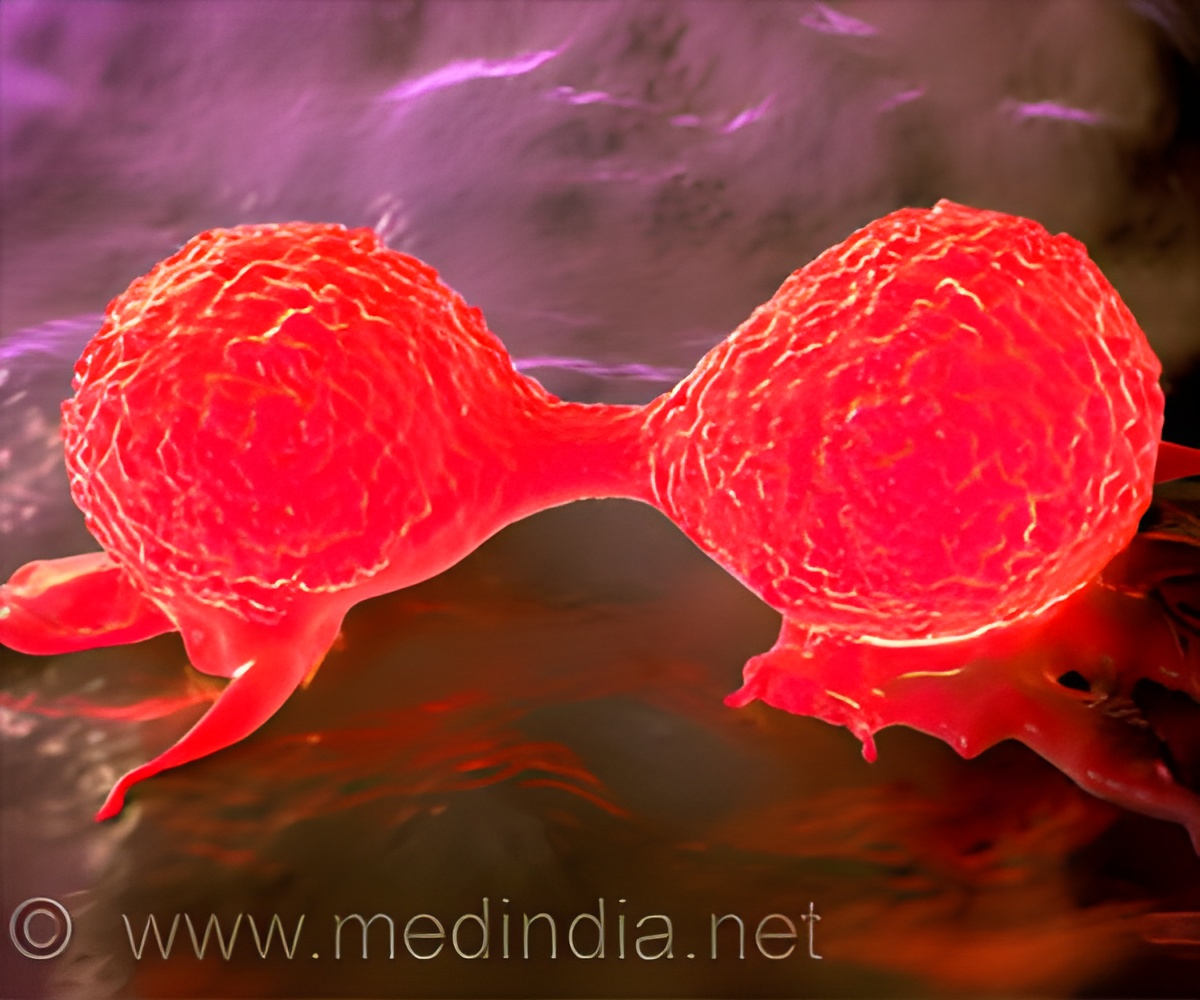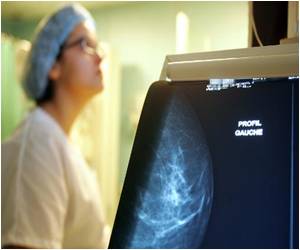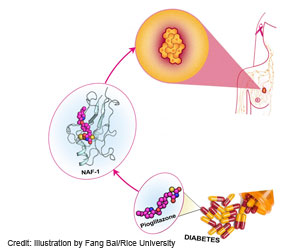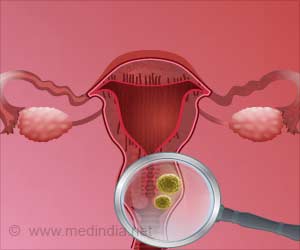Contralateral Prophylactic Mastectomy is becoming a popular treatment option among people with early stage breast cancer due to the fear of recurrence.

‘Patients with early stage breast cancer in one breast opt for contralateral prophylatic mastectomy due to the fear of recurrence.’





The team learned that fear of recurrence was the most frequently identified reason for choosing CPM, according to study results presented at the 2016 Clinical Congress of the American College of Surgeons.Lead study author Rebecca Marmor, MD, a general surgery resident in the Department of Surgery at the University of California, San Diego, and a clinical informatics fellow in the Division of Biomedical Informatics, said the rising rate of CPM is interesting when you consider the historical context of breast cancer surgery. Until about the 1980s, mastectomy was considered the standard of care. However, Dr. Marmor said, "as large trials came out demonstrating the efficacy of breast conservation, I think a lot of surgeons assumed that breast conservation would be patient's preference. We want to understand what is motivating some women who are choosing CPM, and sometimes even demanding it in the face of resistance from their own surgeons and oncologists."
The increased use of CPM is noted among all stages of breast cancer, even in patients with ductal carcinoma in-situ (stage 0). Recent data suggests that up to 25 percent of newly-diagnosed breast cancer patients are undergoing CPM, representing up to half of women undergoing mastectomy. Only about 5 percent of women with breast cancer received CPM in 2006, representing about 10-15 percent of mastectomies performed in that particular year.*
To conduct the study, the team did a keyword search in one online breast cancer community using the terms "contralateral," "prophylactic," and "double mastectomy" to identify relevant posts. Of the 20,189 posts, their search results returned 1,120 posts. Of those results, 541 were relevant from 286 posters. The researchers in turn found that 226 of those posters were the patients themselves, and 197 of them had previously made the decision to undergo CPM, while 29 were undecided. Among posters who identified reasons for choosing CPM, fear of recurrence was the most frequently identified reason.
After fear of recurrence, Dr. Marmor said, another reason was the perception that CPM is the best treatment for breast cancer. Some patients had already experienced a recurrence of breast cancer, so they opted for CPM because they wanted to stop the cancer from returning for good, Dr. Marmor said. Others said plastic surgeons recommended CPM to them to optimize their cosmetic reconstruction outcomes.
Advertisement
"Now we have a better understanding of what beliefs some patients hold, which is that CPM is the best treatment for breast cancer. We also were able to study what patients are saying to each other about CPM. Now that we have a sense of what they're saying to each other, we want to work to correct their misconceptions," Dr. Marmor said. She said the team is currently performing the analysis on another health community to make sure the results are consistent. Then, she said, they're hoping to develop a tool to aggregate patient experiences so women can learn about different treatment options from other patients similar to themselves.
Advertisement
Source-Eurekalert















